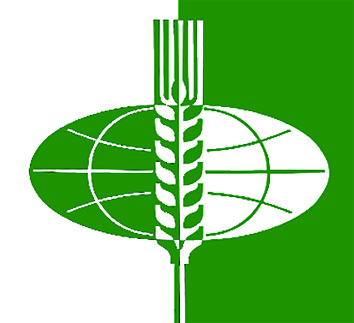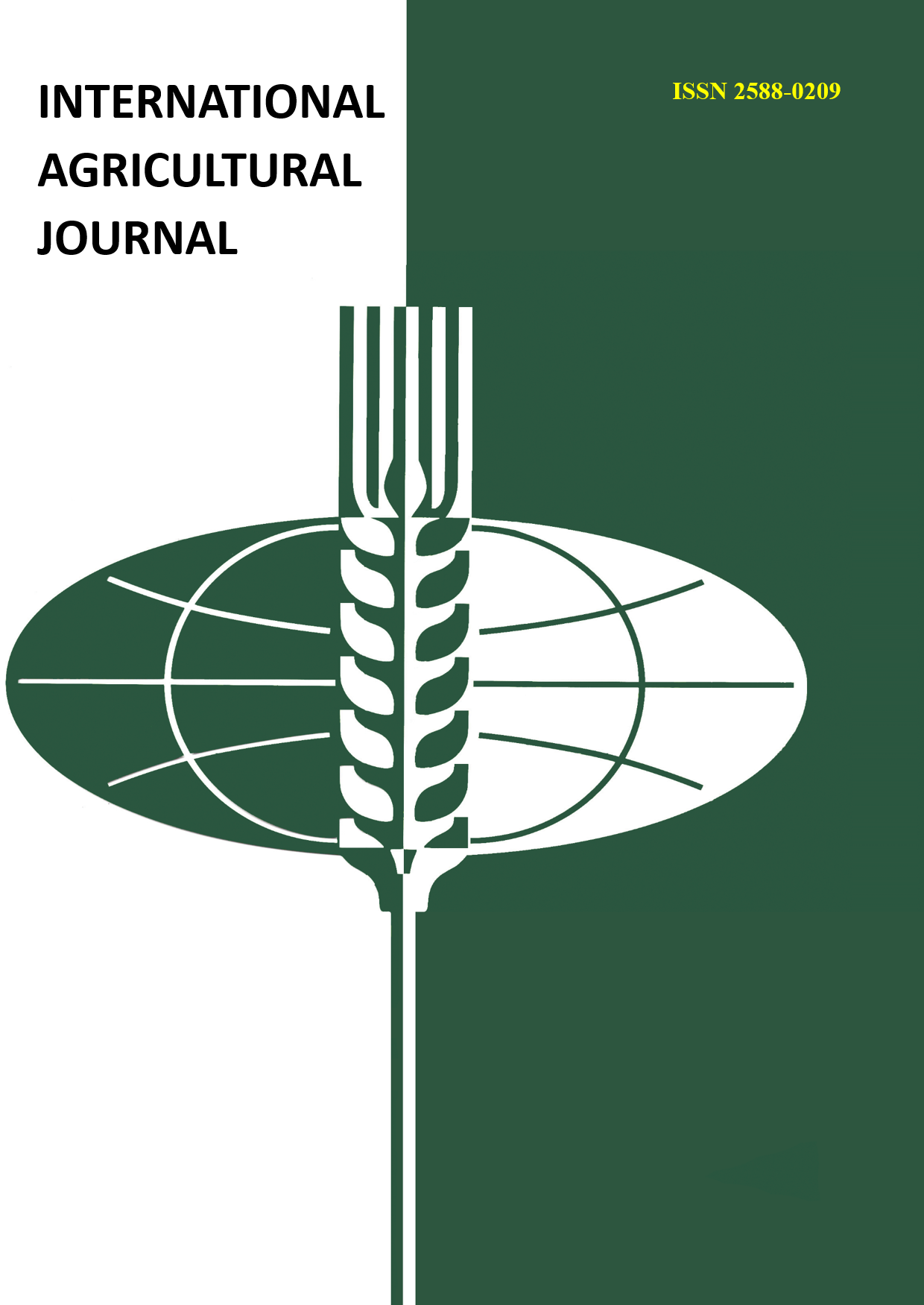In 2019-2021 we carried out field studies in the conditions of the foothill zone of Kabardino-Balkaria (Nalchik) on leached chernozem. The presented soil is characterized by a low content of humus - 3.3 percent, total nitrogen at the same time 0.28%, absorption capacity of 3.4 mg•eq. per 100 g of soil. The soil solution is neutral (pH-7). The soil is provided with mobile phosphorus at an average level of 15.0 mg per 100 g of soil (according to Chirikov), with increased exchangeable potassium -15-18 mg per 100 g of soil (according to Chirikov). The soil is heavy loamy with a clay content of 57%. According to the results of the study, it was found that in the control variant, the yield was 4.29 tons per hectare, when applying manure from 10 to 20 tons, it increased the yield to 5.63-6.92 t/ha, while the application of mineral fertilizers gave a yield within 6.02-6.12 t/ha. The effect of turkey manure on protein collection was positive. So, in the control, the protein harvest was 444 kg/ha with a protein content in the grain of 10.35%. The introduction of 10 t/ha of rotted turkey manure increased the protein harvest by 166.3 t/ha or 37.5 percent. When doubling the dose of 20 t/ha of rotted turkey manure, the indicator increased to a maximum of 802.7 kg/ha, the difference with the control was 358.7 kg/ha, or 80.8% higher than the control. Then, at a dose of 25 t/ha, a decrease to 708.7 kg/ha was observed. The application of mineral fertilizers in doses of N60P60K40 gave a yield of 626.7 kg/ha, and when the dose was doubled to N120P120K40 - 640.2 kg/ha.
gibrid kukuruzy, Mashuk 175 MV, ammiachnaya selitra, prostoy superfosfat, kaliynaya sol', pereprevshiy indyushinyy pomet














